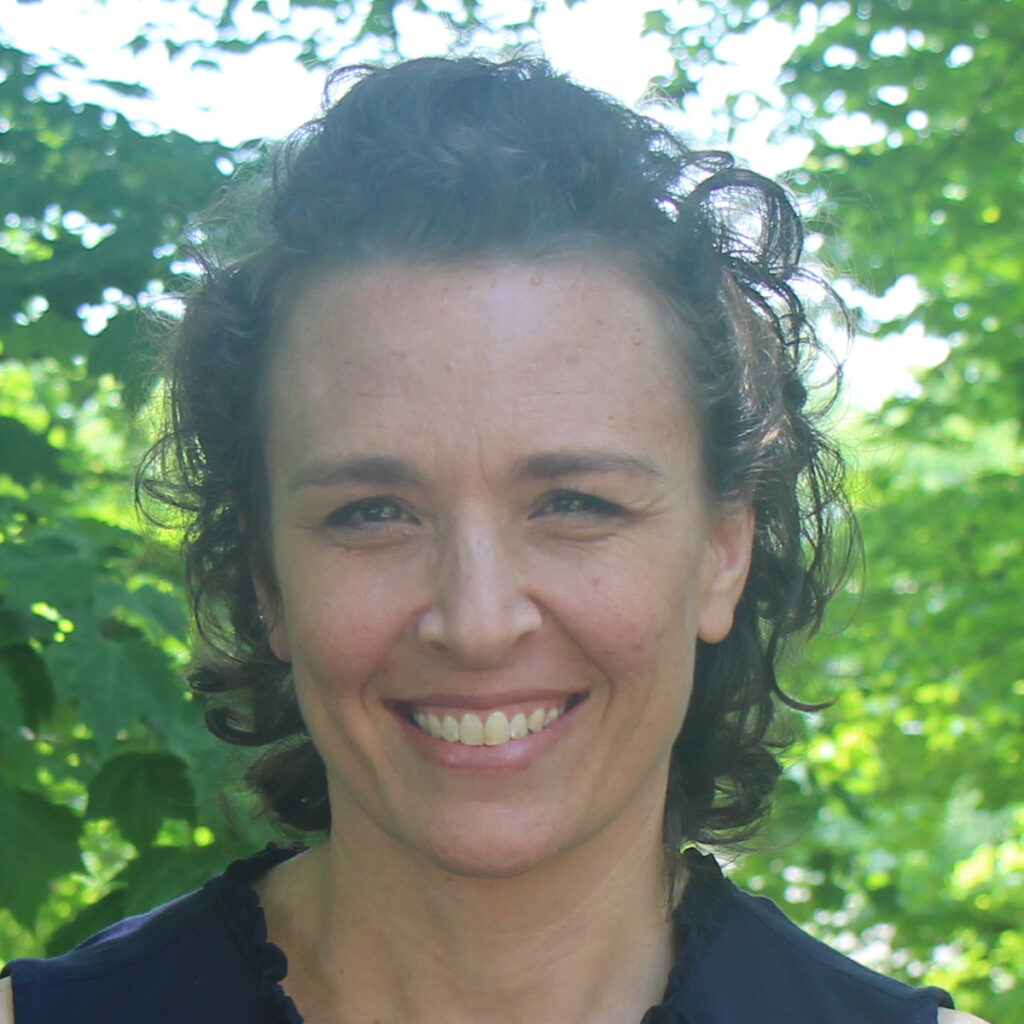By Jessamyn Rains

The first year I remember making a New Year’s resolution was the year I turned nine.
I had seen some female bodybuilders on TV —solid masses of bronze, glowing, superhero bodies in tiny bathing suits with bleached hair — and I was inspired. So while I sat daydreaming at the kitchen table after dinner one night, I asked my mom, “How much do you have to lift weights every day to become a body builder?”
“Oh, about an hour a day.”
“How long would it take a person to become a bodybuilder?’
“Oh, maybe a year.”
This struck me as remarkably doable. Though my mom wasn’t likely to buy me a membership in some sweaty, mirror-walled gym full of iron and grunting, she did have a set of little brown hand weights and a set of blue ones and I think she may have had the kind you velcro around your ankles. I would use those for an hour a day for a year, and I would be a bodybuilder by the time I was ten.
A new layer of oily, veiny, striated self seemed to be just the thing to make me feel superior to everyone else my age. I would show up in elementary school with ESPN lady muscles bulging out of my lavender KMart back-to-school polo and no one would say a word. Well, they might say words. But the words would bounce right off my biceps. Because I would have defied all the existing categories. I would have belonged to a world that the Hostess cupcake-eating elementary school kids would have no access to.
Unfortunately, beautiful as this dream was, it failed to materialize.
I don’t think my resolution even made it to the traditional February 2nd. Thing is, the hand and ankle weights were a bit boring after about thirty seconds.
There is a part of me that, every six months or so, makes the equivalent of a nine-year-old’s resolution to become a bodybuilder. I resolve to put on some new aspect of being — to make myself unassailable by the hurts of the previous months — to prop myself up in some way — to create a new buffer between me and the cruel realities of existence in this world. They usually involve either running away somewhere or learning something new. A few examples: I once wanted to become a carnie, a lonely, melancholy ticket dispenser, or maybe one of those people who hands out darts for the balloon game. Also, I used to fantasize about reinventing myself as an auto-mechanic, wearing oil-splattered coveralls and a nametag. Other times I daydreamed about quitting society and going to live off the grid, maybe in a tent with a shopping cart and a Schwinn bicycle.
But then there was the year I resolved to find my way back to God.
This stands out in my memory as the only resolution I ever kept. And the thing is, I didn’t keep it: He did.
After many years of believing with all my heart — staking my whole life on it — I was holding onto my faith by my fingernails. And my fingernails were breaking. I wasn’t deciding not to believe; I was slipping into unbelief, flowing into it naturally, as one goes with the flow of traffic or as rainwater flows down the sides of the street into the gutter. I stood on the sidelines and rolled my eyes at the things I once held dear. And my whole life conspired to take me with this flow, and it seemed stronger than my efforts to resist.
The turning point came in a quiet monastery one Christmas Eve amid brothers and sisters dressed in gray, chanting in front of a Nativity scene.
I knelt awkwardly in my heavy winter boots, and I felt that familiar rise of incredulity in my throat, the flow of my thoughts leading me to an inevitable loss of faith and skepticism and despair.
But what I also felt was my sin. And my misery in my sin.
My sins were not more exotic than usual. I wasn’t doing anything at the time that your average Christian would call “living in sin.” But I could feel the smallness of my heart — like that terrifying scene in the original Grinch that Stole Christmas where you learn that the Grinch’s heart is three sizes too small. But in my case, no amount of hand-holding Christmas sentimentality was going to make it grow.
As I looked at the tiny plastic doll in the manger — barely able to believe that God became flesh and dwelt among us — I nevertheless wanted to make room in my small, dark heart for the baby Jesus — the star of Bethlehem — the angelic host — the light of God — the Lamb of God who takes away the sins of the world.
So I resolved to find my way back to Him.
Over the next few days I delineated my plan: I would embrace the things I was running away from, the things that made me feel at odds with God, namely, contemporary Christian culture and the way it interacted with baggage from my past. I would force myself to listen to the preachers on the radio who always seemed to be yelling at me. I would force myself to go to church, no matter how much I didn’t like the music or the church sign, no matter how much I cried in the parking lot because of some triggering words in the sermon, or because no one said hi to me that morning.
And I would come back to this monastery a couple of days a week at six AM when the monks sat silent with their hoods over their heads.
I was only slightly more faithful with the specifics of this resolution than I was with those of the bodybuilding one. But it turns out that, in this case, God himself saw me walking the Prodigal’s road home and came by leaps and bounds into my life. Suddenly, there came a new flow of Providence. There were people who said the things I needed to hear. There were people who talked me through my struggles and hangups. There was a book or two that gave me a fresh dose of sanity. There was the right song with the right line at the right time. And yes, even the sermons on the radio seemed to ring with new truth and hope and kindness and welcome, and the harsh tones and condemnation quieted down.
This restoration unfolded gently and naturally — slow and sure as a plant grows and leans toward the sun — over the course of a year or so. And when Christmastime came around again, it struck me that what I had experienced was the reality of the Incarnation in my own life: Christ had come — in the flesh — that is, in my mundane earthly experience, by the Holy Spirit — to meet with me.
Many years later, I still struggle with some of the same sins. I feel the smallness of my own heart, and as I grow older, I live with many regrets — regrets that I did things I shouldn’t have done, regrets that I did not do the good things I could have done.
And I still struggle with some of the same human hangups that impel me to make resolutions. I would like to be impervious to hurt, to taunts on the playground; I would like somehow to live outside of the conventional categories so that I won’t be subject to their scales of justice, to their rating system, to the score they (whoever “they” are) place on the performance of my life.
In short, I would like to be insulated from failure, from mediocrity, from rejection.
Unfortunately I look back over years of resolutions and attempts to improve and help myself and I see the futility of these schemes and efforts. Fortunately, the Incarnation is still true: Jesus still shows up and does things and changes things and moves things around, often in spite of my efforts.
Yes, I have a list of self-improvement-type resolutions this year that may or may not involve lifting weights, or, alternatively, a bit of tap dancing.
But the best thing I can do, in the small, dark, limitedness of my heart, is to draw near to God, whose heart has no limits.

